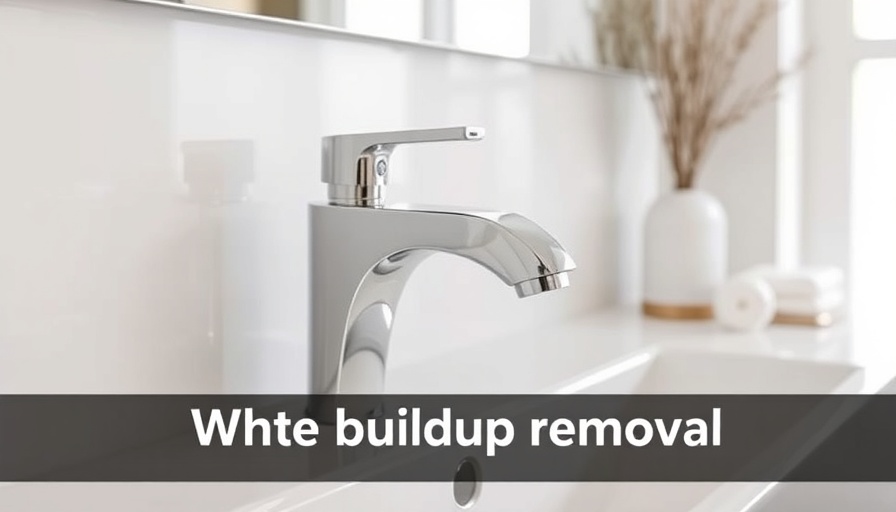
Understanding the Impact of Dripping Faucets
Dripping faucets are more than just a minor nuisance; they represent a significant waste of resources. A single faucet dripping at a rate of one drip per second can waste approximately 3,000 gallons of water each year. This not only affects your wallet, with potential increases to your utility bills, but it also imposes an environmental cost, particularly in areas experiencing drought. According to the U.S. Environmental Protection Agency (EPA), addressing even minor leaks can cut your water bills by around 10%, making it a simple yet effective approach to conserving resources and finances.
Essential Tools and Techniques for Faucet Repair
To tackle a dripping faucet, you’ll need a few key tools: an adjustable wrench for tightening, a flat or Philips screwdriver for removing handles, an Allen wrench for loosening screws, plumber’s tape for sealing, and replacement washers or O-rings to swap out worn parts. Gathering these items beforehand streamlines the repair process, ensuring you're well-prepared to address typical issues like degraded washers, corroded valve seats, or faulty O-rings. Through systematic repair, you can not only stop the annoying drip but also contribute to water conservation efforts.
A Step-by-Step Guide to Fixing a Drip
The repair journey begins with turning off the water supply, usually found beneath the sink. It’s crucial to relieve any remaining pressure by opening the faucet. Once that’s done, you can focus on diagnosing the cause—whether it's a worn washer, a corroded valve seat, or a faulty O-ring—each requiring a specific replacement or adjustment. By following a logical sequence, you can ensure a leak-free fixture without the need for professional intervention.
Future Predictions and Trends in Faucet Technology
As technology advances, the realm of faucet design and maintenance is witnessing significant innovation. Smart home solutions are integrating advanced leak detection sensors into plumbing, alerting homeowners via smartphone apps about even minor drips. This evolution in technology not only facilitates prompt leak repairs but also aligns with growing trends towards sustainable living. Future faucets may become self-regulating, dynamically adjusting to avoid leaks and improve overall water efficiency.
Relevance to Current Events: Water Conservation Efforts
Given increasing concerns over water scarcity and global climate challenges, the importance of water conservation is more pressing than ever. Initiatives to fix household leaks play a critical role in larger environmental efforts, highlighting individual responsibility in resource conservation. As regions face water shortages, personal actions like repairing a dripping faucet are pivotal contributions to broader sustainability goals.
 Add Row
Add Row  Add
Add 


 Add Row
Add Row  Add
Add 

Write A Comment